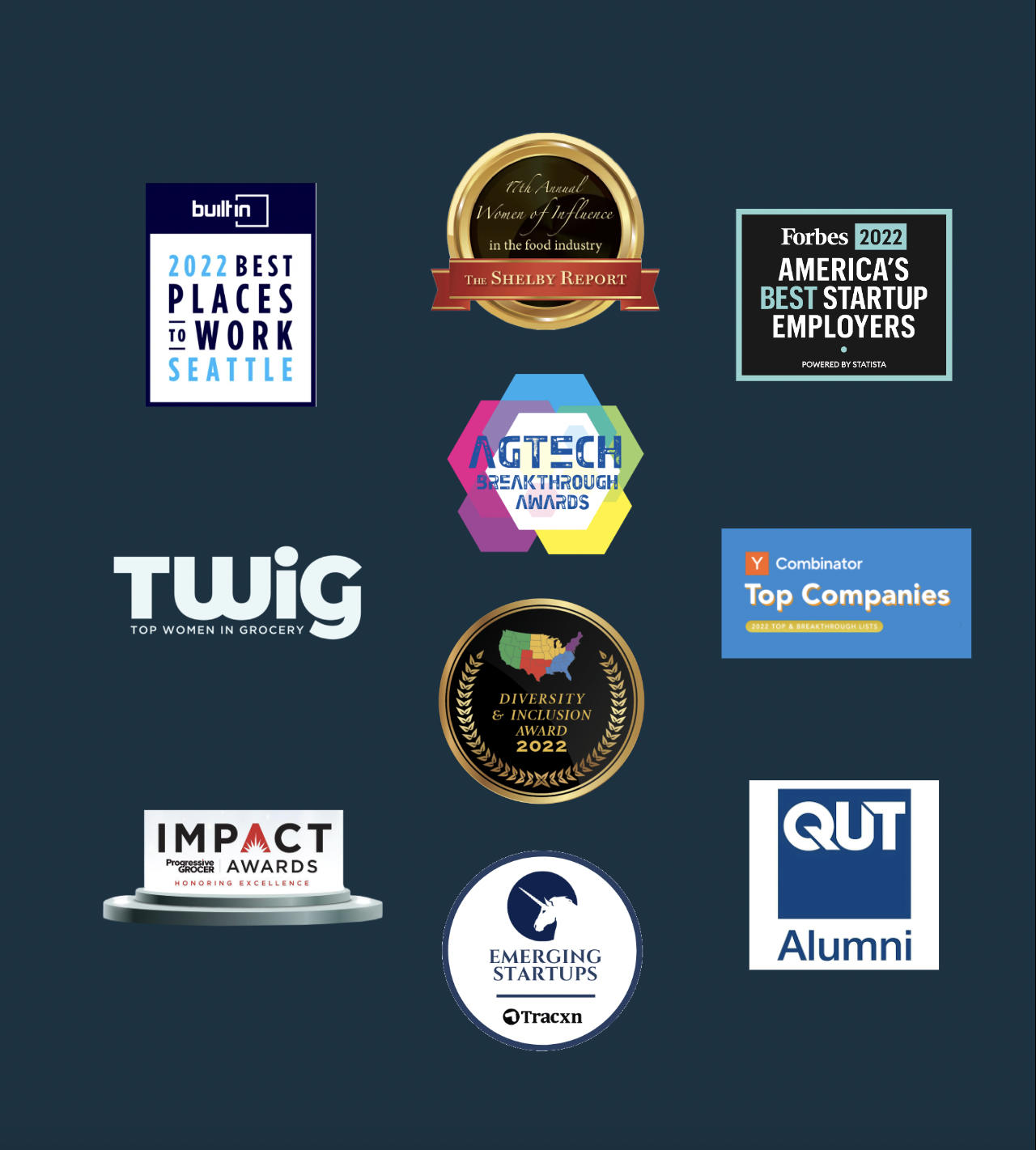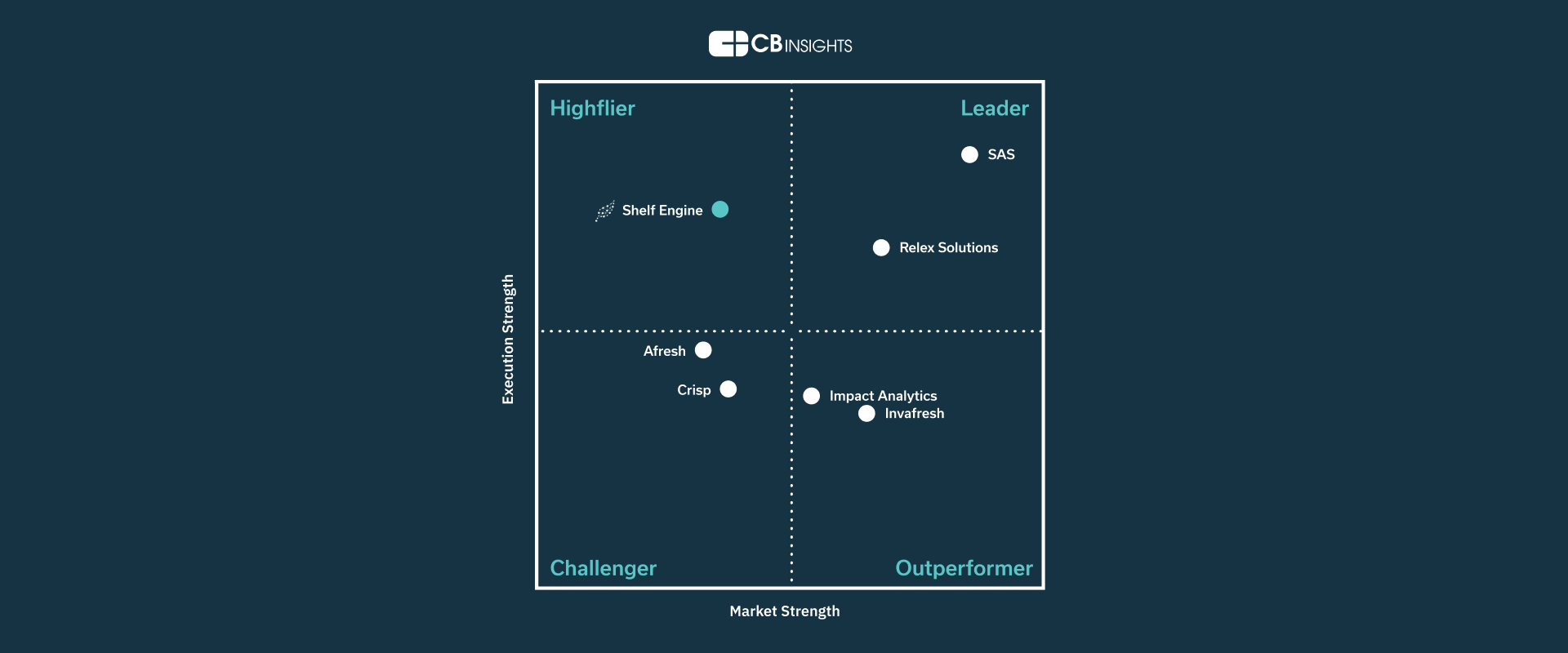This website uses cookies so that we can provide you with the best user experience possible. Cookie information is stored in your browser and performs functions such as recognising you when you return to our website and helping our team to understand which sections of the website you find most interesting and useful.
The Human Side Of Building An AI Company

What nobody tells you when your startup begins to scale is that you’ll soon find yourself spending more mindshare on the team than on the tech. After all, that team you’re building will ultimately iterate and optimize the core technology that got you off the ground. Nobody gets to the next level working alone.
Yet it’s your role — and my role — in senior leadership that significantly influences what that team experience is. How it feels to engage in the work is a predictor of whether or not people want to stay engaged in that work. No pressure, right?
In the messy middle of the Great Resignation, many of us have been reflecting on how to retain the people who make our companies great and how to attract those who will take them into the future. As the supply chain automation company I co-founded celebrates its fifth birthday, here are three truths I’ve learned that can help build a human-friendly AI business.
One size actually doesn’t fit all.
Automation is all about making outcomes predictably and successfully repeatable. People, however, are radically variable. A source of oxygen for one individual can be a source of suffocation for another. How do you guide and shape a culture that supports those uniquenesses? You start by acknowledging that a “one-size-fits-all” approach has significant limitations and guarantees exclusion. Support and development will take many different shapes across your organization.
In our company, for example, embracing variability has shown up most robustly in our approach to hybrid work. We have local teammates who prefer coming into the office. We have other local teammates whose needs are such — whether it’s their health landscape, family commitments, commute, etc. — that they contribute remotely. We also have teammates in the field who are deliberately dispersed and those based across the country who add value from their respective locations. We’re not bashful about expressing our belief that live collaboration is important to us, so we encourage teammates located near an office to join colleagues there for part of each week to reinforce that value.
It’s important to remember that choosing flexibility over rigidity is one salve for employee dissatisfaction that can spark a search for greener pastures.
Talk about the old days.
There is legacy and lore in every organization. As new people join week after week, it takes effort to bring them along on a truncated journey of the road that’s been traveled — what the company is about, why it’s here and how far it’s come. It’s easier to assume that onboarding protocols, ad hoc conversations and deductive reasoning will help new teammates fill in the gaps about how the company got here. However, I believe it’s worthwhile to look for ways to make this understanding less conceptual and more personal.
At a recent company meeting, I shared a page from an early journal I found while clearing out things at home. This business blueprint included mathematical models in their infancy and a comically oversimplified list of “next steps” that had us all chuckling. Sharing these windows into pivotal moments, missteps or turning points can bring newer folks into the story, timestamping when they came aboard in the context of everything that came before. Doing this can also energize (and amuse) tenured teammates and can be an opportunity to sync everyone up to the purpose driving whatever good work your business is doing.
Normalize getting it wrong and making it right.
If you’re not breaking things from time to time, you’re probably not experimenting. If you’re not experimenting, you’re likely not on a path to innovating at a speed necessary to meet the needs of your customers six months into the future. I’ve described our company’s pivot from a SaaS provider to a “results as a service” (RaaS) solution and how nail-biting that was for us at the time. Strategies will shift, snafus will happen and apologies will sometimes need to be made. These are all proof points of learning. Humans aren’t built to produce a string of reliable, predictable successes — that’s a computer’s job.
The job of retaining and attracting talent is shared by everyone in a company, yet the tone set by leadership reverberates to each team. We can use our time at the mic to reinforce any number of stereotypes about working in the tech industry — or we can humanize it.
This article originally appeared on Forbes.

Fresh, delivered.
from the Shelf Engine team.
By providing your email, you agree to the Shelf Engine Privacy Policy.





